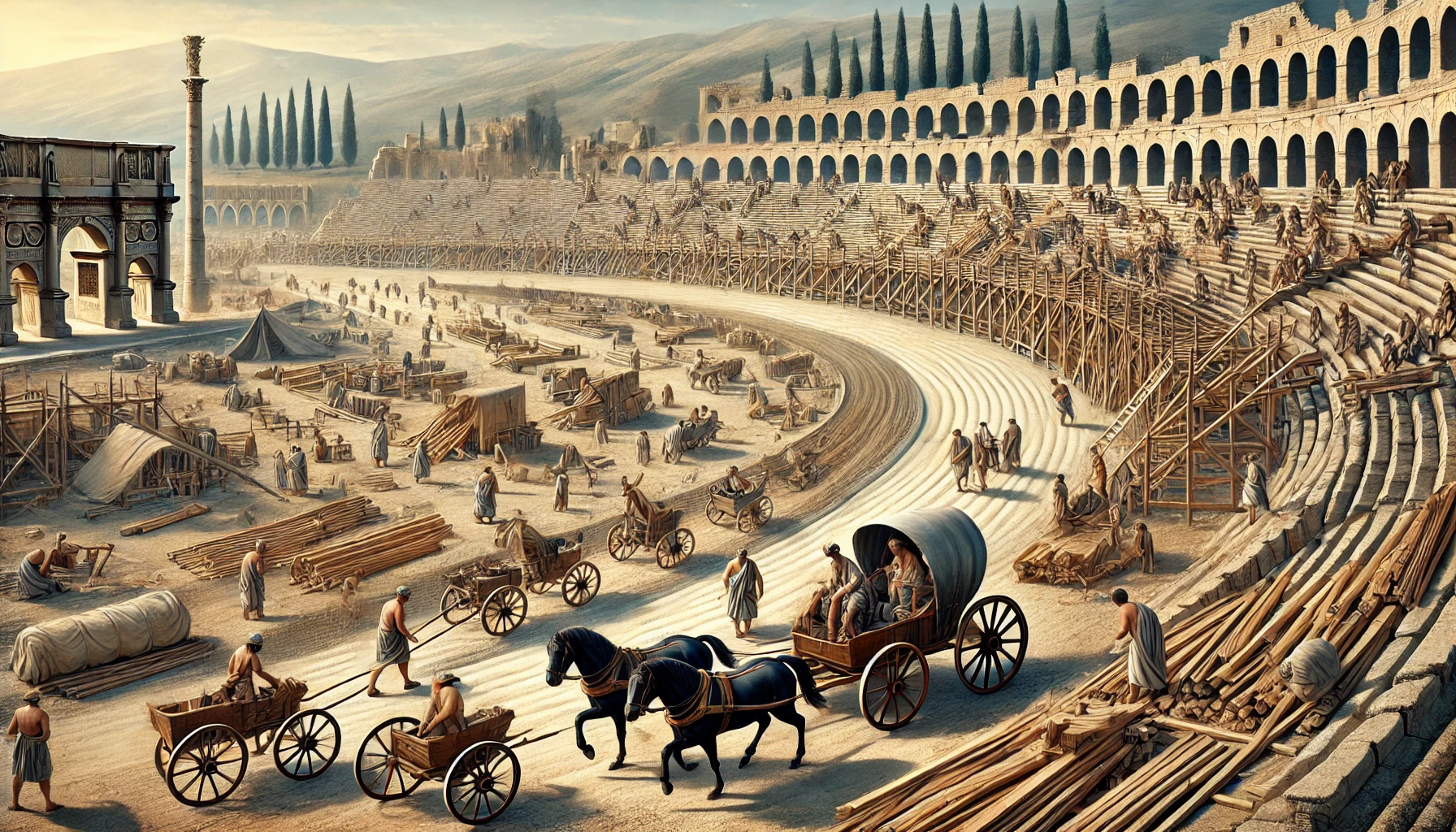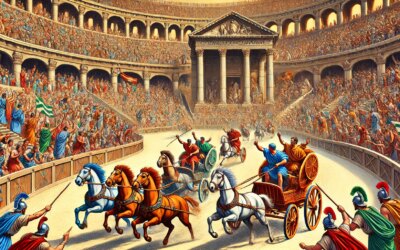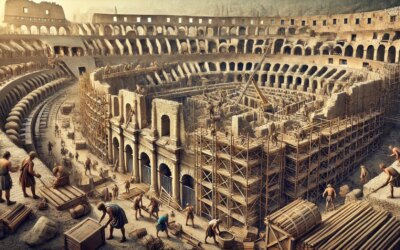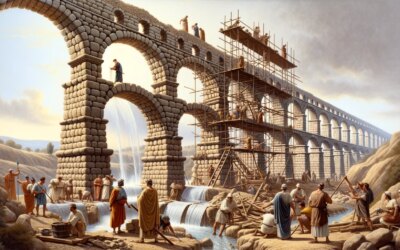Introduction
The Circus Maximus was the largest and most famous stadium of ancient Rome, an arena where thousands gathered to witness the thrill of chariot races, gladiatorial contests, and public celebrations. Its origins date back to the early monarchy, but it was during the Republic and Empire that the structure reached its grand scale. This article explores the history, construction, and enduring legacy of the Circus Maximus.
The Origins of the Circus Maximus
According to tradition, the first chariot races in Rome took place in the valley between the Palatine and Aventine Hills, an area later developed into the Circus Maximus. The earliest version of the stadium was attributed to the legendary King Tarquinius Priscus in the 6th century BCE. Initially, it was little more than an open track with wooden seating for spectators.
As Rome expanded, so did the importance of chariot racing, prompting continuous improvements to the structure. By the late Republic, wooden grandstands were built to accommodate Rome’s growing population. However, fires and collapses plagued these early versions of the stadium.
The Construction of the Grand Stadium
The first major transformation of the Circus Maximus occurred under Julius Caesar in the 1st century BCE. He expanded the track, formalized the layout, and introduced permanent seating. But it was under Emperor Augustus and later emperors that the Circus reached its peak.
The final version of the Circus Maximus, completed under Trajan in the 2nd century CE, was a massive stone and concrete structure. It measured about 621 meters (2,037 feet) in length and could accommodate an estimated 150,000 spectators. A central barrier, the spina, was adorned with statues, obelisks, and turning posts that marked the lanes for the races.
Chariot Racing and Public Spectacle
Chariot racing was the heart of the Circus Maximus. Teams, identified by colors (Red, White, Blue, and Green), competed in high-speed races around the elongated track. The event was wildly popular, with loyal fan bases similar to modern sports teams.
Beyond races, the Circus hosted grand processions, religious ceremonies, and even staged naval battles when temporarily flooded. It was a place where emperors could connect with the people, offering them free entertainment in a demonstration of imperial generosity.
The Legacy of the Circus Maximus
As Rome declined, so too did the Circus Maximus. The last known races were held in the 6th century CE, after which the site was gradually abandoned. Today, the area remains an open space in Rome, with faint traces of the original structure still visible.
The influence of the Circus Maximus can be seen in later stadiums and racetracks around the world. It remains one of the most enduring symbols of Rome’s love for spectacle and competition.
Conclusion
The Circus Maximus was more than just a racetrack—it was a social and cultural epicenter of ancient Rome. Its construction, evolution, and eventual decline tell the story of Rome itself, from its early monarchy to the height of the empire and its fall. Though it no longer hosts chariot races, its legacy continues to captivate historians, archaeologists, and visitors from around the world.






